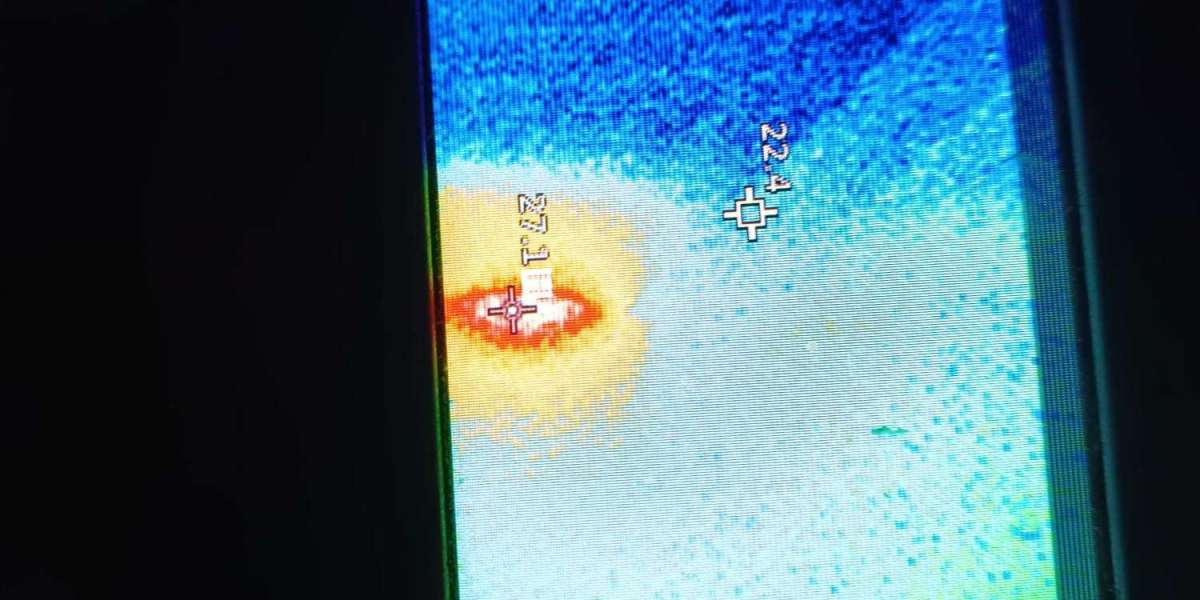The global warehouse automation market, valued at USD 25.8 billion in 2024, is projected to expand at a CAGR of 17.5% from 2025 to 2034, driven by the convergence of robotics integration, digital logistics transformation, and the acceleration of e-commerce fulfillment technologies. Across industrial economies, regional manufacturing trends and cross-border supply chains are being reshaped by the automation imperative. As global trade flows rebalance post-pandemic, regions such as North America, Europe, and Asia Pacific have emerged as strategic epicenters for automation investments, each influenced by unique regulatory frameworks, industrial infrastructure, and technological adoption rates. In North America, the integration of advanced robotic handling systems and cloud-based inventory management is underpinned by the U.S. Department of Commerce’s support for smart manufacturing under the Manufacturing USA initiative. Europe’s strong regulatory alignment with Industry 5.0 standards—particularly in Germany, France, and the Netherlands—has reinforced sustainability-led warehouse modernization, while Asia Pacific’s rapid industrial digitalization, led by China, Japan, and South Korea, reflects a large-scale deployment of artificial intelligence–based logistics automation.
The market’s expansion is underwritten by a clear demand for efficiency in high-volume order processing and the transition toward data-driven inventory management systems. In the U.S. and Canada, warehouse automation penetration is expanding beyond e-commerce and into retail, pharmaceuticals, and automotive distribution. Europe, led by Germany’s industrial robotics base and the UK’s logistics innovation ecosystem, has seen significant adoption of automated guided vehicles (AGVs) and automated storage and retrieval systems (ASRS). Meanwhile, Asia Pacific remains the most dynamic region, with over 40% of new global warehouse construction incorporating automation elements, supported by China’s “Made in China 2025” policy framework and India’s rapid rise as a logistics hub under the PM Gati Shakti initiative. The regional competitive environment is further influenced by localized manufacturing bases for automation hardware, enabling faster customization and integration across verticals.
Drivers, Restraints, Opportunities, and Trends (DROS) define the regionally differentiated growth path of this market. The principal driver across all regions remains labor optimization—particularly in markets with tight labor availability and rising wage costs. According to the U.S. Bureau of Labor Statistics, logistics sector employment has grown 8.2% annually since 2020, intensifying demand for robotic assistance to sustain throughput levels. In Europe, energy efficiency regulations and carbon-neutral targets have driven warehouses to replace manual equipment with sensor-enabled, low-energy automation systems. In Asia Pacific, opportunities arise from large-scale infrastructure modernization and expanding cross-border trade corridors, which require harmonized, technology-enabled warehousing to manage throughput efficiency. However, challenges persist, particularly in regions where legacy infrastructure limits automation retrofits. Cost-intensive installation and limited interoperability between systems continue to constrain adoption in developing economies. Despite this, ongoing advancements in modular automation, AI-based route optimization, and 5G-enabled real-time tracking are mitigating cost barriers and enhancing integration capacity across global operations.
Regionally, North America dominates market share in terms of automation intensity per warehouse, while Asia Pacific is expected to lead in total deployment volume by 2030 due to high industrial growth rates and favorable policy support. Europe continues to invest heavily in robotic logistics through public–private partnerships under the Horizon Europe funding framework, encouraging sustainable automation practices. The intersection of digital logistics solutions, robotics engineering, and AI-based process control is reinforcing regional competitiveness across all three continents. The trend toward distributed warehousing and micro-fulfillment centers, particularly in North America and Asia Pacific, is reshaping warehouse design standards. This decentralization trend not only supports same-day delivery models but also creates sustained demand for compact automation modules capable of operating in smaller spaces.
Read More @ https://www.polarismarketresearch.com/industry-analysis/warehouse-automation-market
Opportunities lie within region-specific technological strengths. North America’s software leadership fuels the integration of warehouse management systems with predictive analytics. Europe’s robotics precision and engineering heritage drive the deployment of complex multi-axis automation in high-value sectors. Asia Pacific, on the other hand, leads in production scalability and cost efficiency, creating export-driven demand for automated material handling systems. Regional manufacturing trends are shifting toward multi-tier automation ecosystems that combine robotics, AI vision systems, and IoT-enabled tracking. The cross-border supply chain ecosystem is increasingly defined by real-time data synchronization, reducing bottlenecks in customs and transit management.
Investments in regional R&D hubs are further catalyzing market growth. For instance, Germany’s Fraunhofer Institute and Japan’s RIKEN have advanced machine learning–enabled robotic navigation systems that enhance picking accuracy and operational safety. U.S. logistics companies, backed by the National Institute of Standards and Technology (NIST), are adopting standardized interoperability frameworks to ensure cross-system compatibility. Meanwhile, in emerging Asia, localized automation startups are attracting venture funding for lightweight, modular robotics tailored for SMEs. As warehouse automation becomes embedded within the broader industrial automation ecosystem, the market’s long-term resilience will hinge on adaptive technologies, regional collaboration, and the evolution of sustainable logistics practices.
The competitive landscape remains moderately consolidated, with leading firms expanding global footprints through mergers and cross-regional partnerships to capitalize on varying regulatory and technological landscapes. The emphasis on market penetration strategies, regional customization, and lifecycle service offerings defines the next phase of competitive differentiation.
Key Market Players:
- Daifuku Co., Ltd.
- Dematic (KION Group)
- Honeywell Intelligrated
- Swisslog Holding AG
- Knapp AG
- Vanderlande Industries
- SSI Schäfer Group
More Trending Latest Reports By Polaris Market Research:
Electronic Waste Management Market
Electronic Waste Management Market
Redispersible Polymer Powder Market








